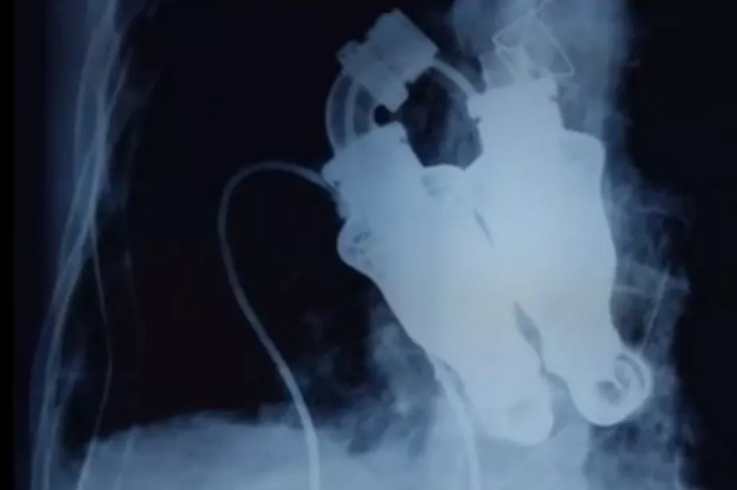
For decades now it’s been accepted that for life to exist on other planets, those worlds would have to be just the right distance from their parent star, the “right distance” defined as the Goldilocks zone. Here, liquid water, an essential player in the creation of life, would be able to exist.
But there’s another actor in this drama…ultraviolet radiation.
As far as we know, all stars emit this form of energy and it can be deadly. The earth is protected from the sun’s UV by our ozone layer. In fact, life could not exist without it.
So SETI, the Search for Extra Terrestrial Intelligence group, looks for planets that, are not only in the Goldilocks zone thermally, but that are also in an orbit around their star that won’t expose them to “excessive” UV flux.
That’s a bit difficult to assess and, because both parameters, temperature and UV radiation, must be met, it means that the number of planets able to harbor life may be less than we thought.





